What’s the first image that pops into your head when I say the words ‘biological control’? I can almost guarantee that it’s the Cane Toad. Cane Toads were introduced from Hawaii in 1935 by the Bureau of Sugar Experiment Stations in an attempt to control beetles that were decimating sugar cane crops. Unfortunately very little risk assessment and experimentation was done in Australian conditions, and we all know what happened next.
However, spare a thought for the mighty success stories attributed to biocontrol. Prickly Pears rendered more than 40,000km2of farmland unproductive by the early 1900s, however when the Cactoblastis Moth (whose larvae eat the prickly pear leaves) was introduced in 1925, it all but wiped out the population of Prickly Pear.
These days great care and experimentation goes into selecting biocontrol agents and testing their suitability for the Australian environment. Procedures and approvals are established within numerous layers of legislation. Once a potential agent has been identified, rigorous testing is conducted to ensure the agent will not damage native flora and fauna, agricultural stock or crops. This is first done at the agent’s place of origin and then if successful and low risk, back on Australian soil. The entire process can take several years to complete and is expensive.
In early 2018, the Sunshine Coast Land for Wildlife team decided to undertake a trial release of biocontrol agents on private lands for some of the most difficult and invasive weeds we have – Cat’s Claw Creeper and Madeira Vine. While biocontrol agents have been released on Council reserves for some years, this was the first time that these agents were strategically released on private lands.
Cat’s Claw and Madeira Vine are nasty weeds and are known as ecosystem destroyers. They are difficult to control, particularly big infestations, and if left unchecked, they can transform a healthy native ecosystem into a weedy mess. After seeing some amazing results along Obi Obi Creek (which flows into the Mary River) where large patches of Madeira Vine were completely defoliated, I was keen to find out more about these biocontrol agents.
For Cat’s Claw Creeper, the Leaf-mining Jewel Beetle and the Tingid Bug have been released for biocontrol purposes. Adult Jewel Beetles chew the Cat’s Claw leaves, then lay one egg per day. The emerging larvae mine through the leaves (see the disc-shaped larvae casing in the picture right). The adult Tingid Bug sucks and feeds on the contents of the leaves.
The Madeira Beetle has been released for Madeira Vine. The adults and larvae chew holes through Madeira Vine leaves (no, not the tubers unfortunately) and slime the leaves reducing the overall leaf area and vigour of the plant.
Now it’s important to note, none of these biocontrol agents actually eradicate their target vines and conventional control methods are still required in conjunction with biocontrol to achieve an effective result. What they do is reduce the weed’s health and vigour to such an extent as to reduce production of fertile material (such as tubers and seeds). This slows down weed spread and liberates the native trees that the vines are growing on (preventing them from being smothered). The other cool thing is that the insects are mobile, with anecdotal evidence of them moving 3-4kms. So when you release them on one property, and they run out of leaf they will move to the closest source of their host plant (which is fabulous if you have neighbours close by who aren’t doing much to control their infestations).
Local suppliers of these biocontrol agents were engaged to breed us up large quantities of the insects. I was lucky enough to get a tour of the mass rearing facility at Gympie Landcare. Large mesh greenhouses contain hundreds of host plants where the insects are then bred up in small enclosures and allowed to complete their full lifecycle before being collected for release.
We chose strategic locations where Cat’s Claw and Madeira Vine infestations are severe. The chosen sites had the highest potential to not only knock back the infestation on the target property, but also spread to nearby properties, creeks and cliffs where the weeds were running rampant and were difficult to access by conventional control methods. Between 300-500 insects were released at each site. We mapped the release data and linked it to other biocontrol work being carried out by Council and other organisations and will help us assess the broader landscape success of the agents.
So what’s the result? Well as I write this, I’m still in the process of fortnightly pickups from the breeding facilities. The project is still very much in its infancy. We’ve got ongoing monitoring and reporting plans in place so that we can determine the success of the releases. You see as much as the risks have been assessed to the highest level possible, there’s still a lot we don’t know about successful release quantities (do we release 100, 500 or several thousand at a site?), preferred microclimates/conditions for each insect, how successful they’ll be, how they move around the landscape and to what extent our native critters predate upon and reduce biocontrol populations. So monitoring and evaluation are vital at this stage.
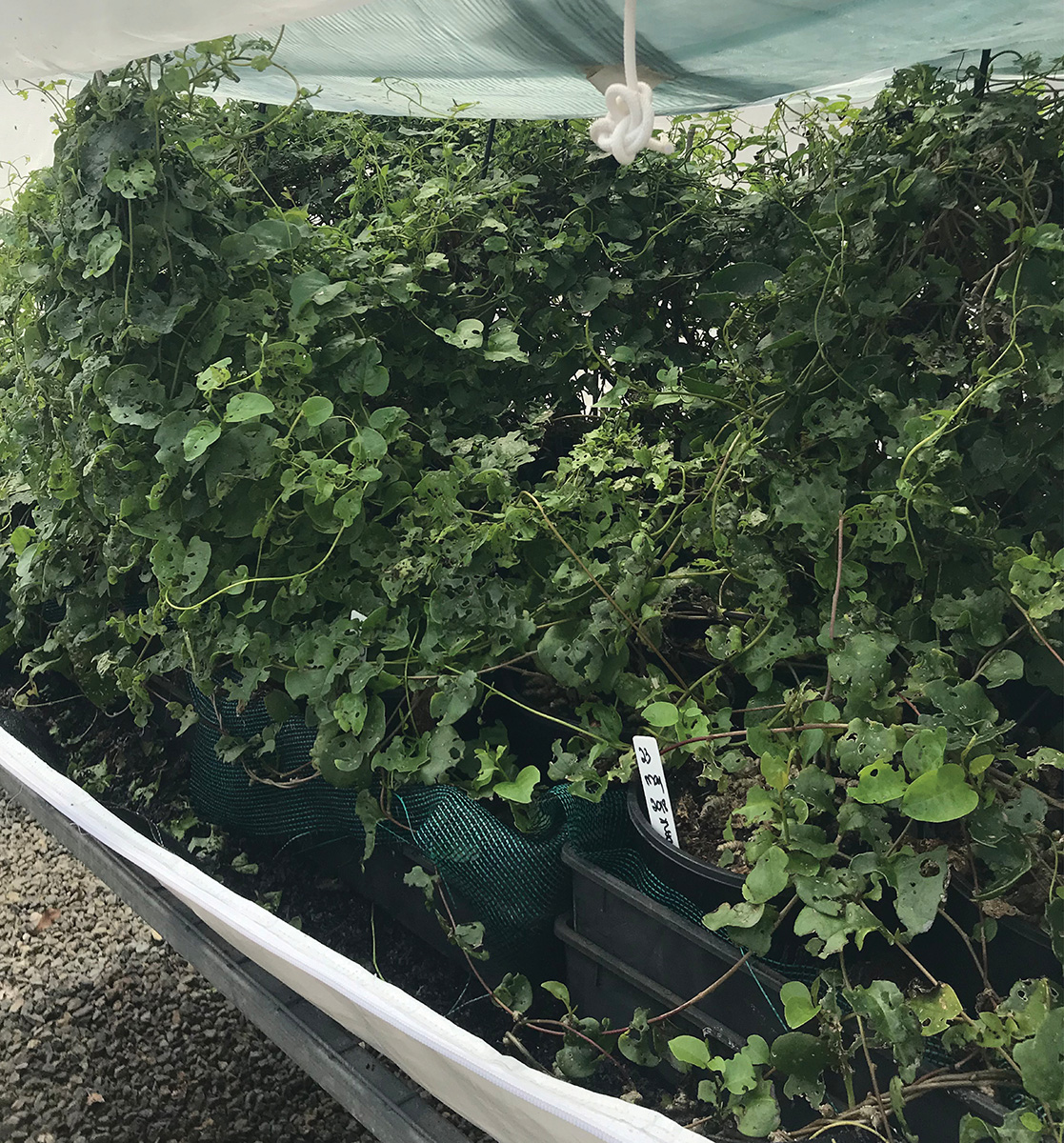
If you would like to get some biocontrol agents for Cat’s Claw or Madeira Vine for your property, have a chat to your Land for Wildlife Officer about the suitability of your infestation. Some local suppliers of the insects include Gympie Landcare ([email protected]) and Mooloolah and District Landcare ([email protected]). You can contact them directly for prices and availability.
Article and photographs by Danielle Outram
Conservation Partnerships Officer Sunshine Coast Council

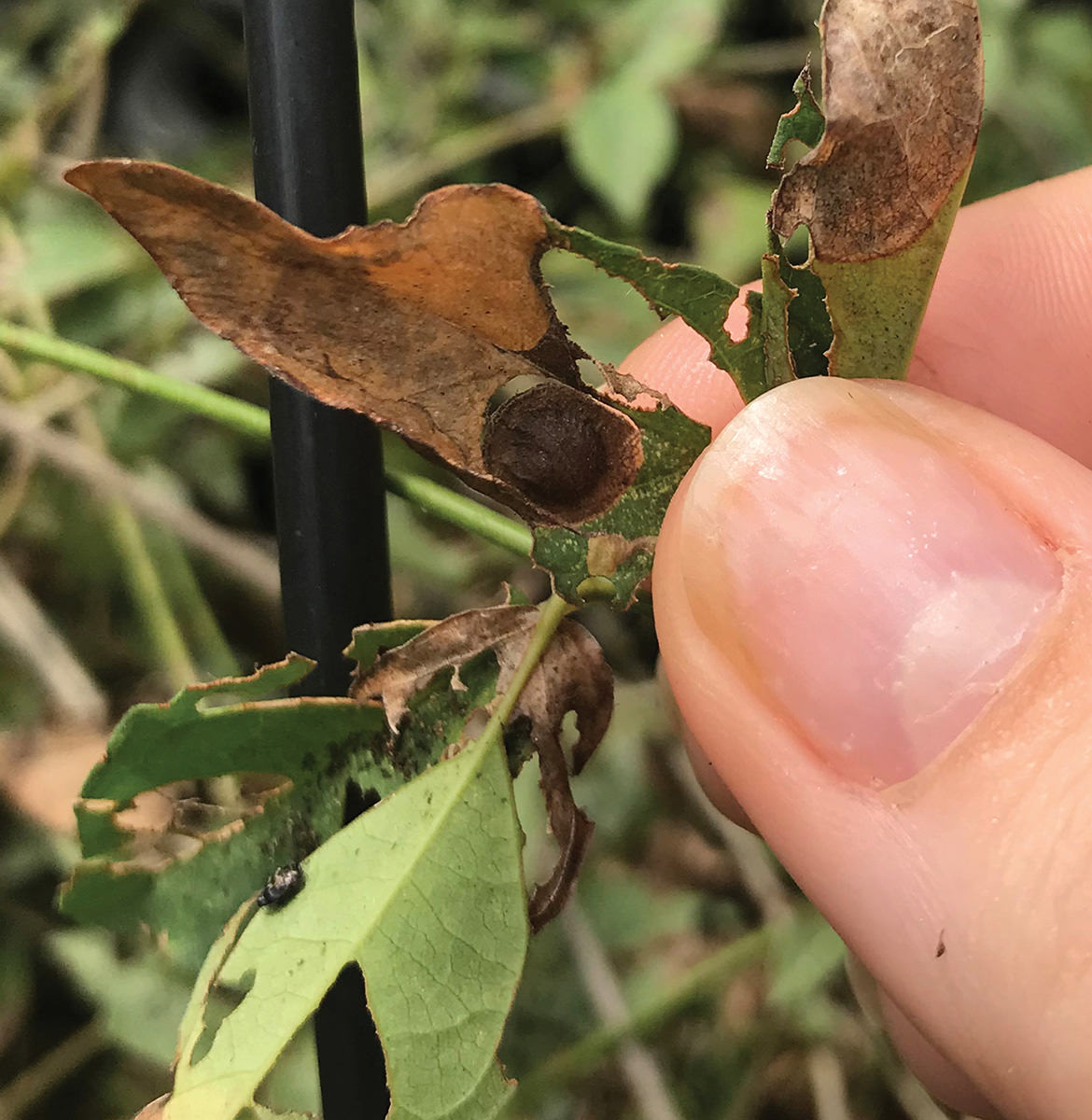
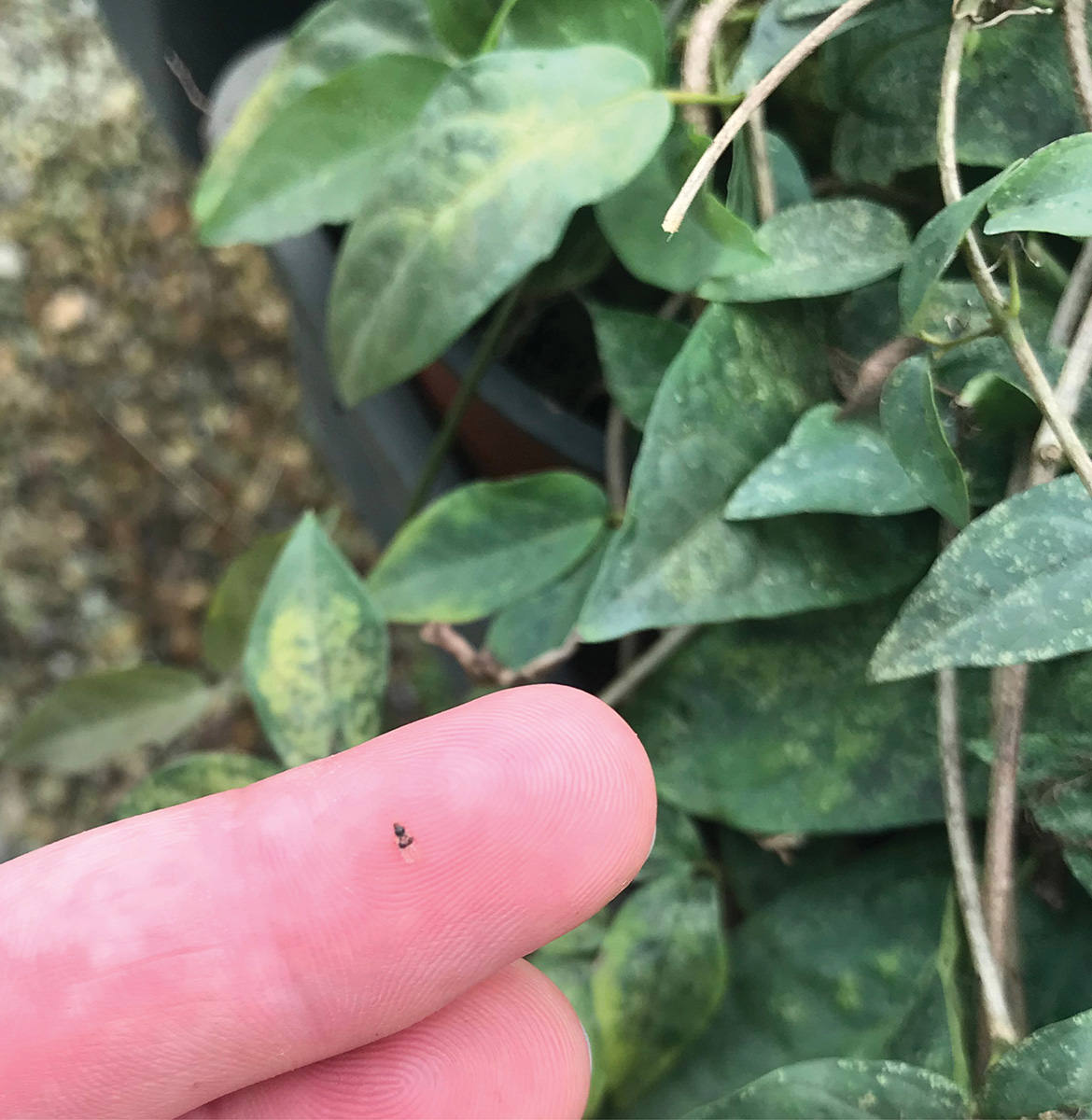
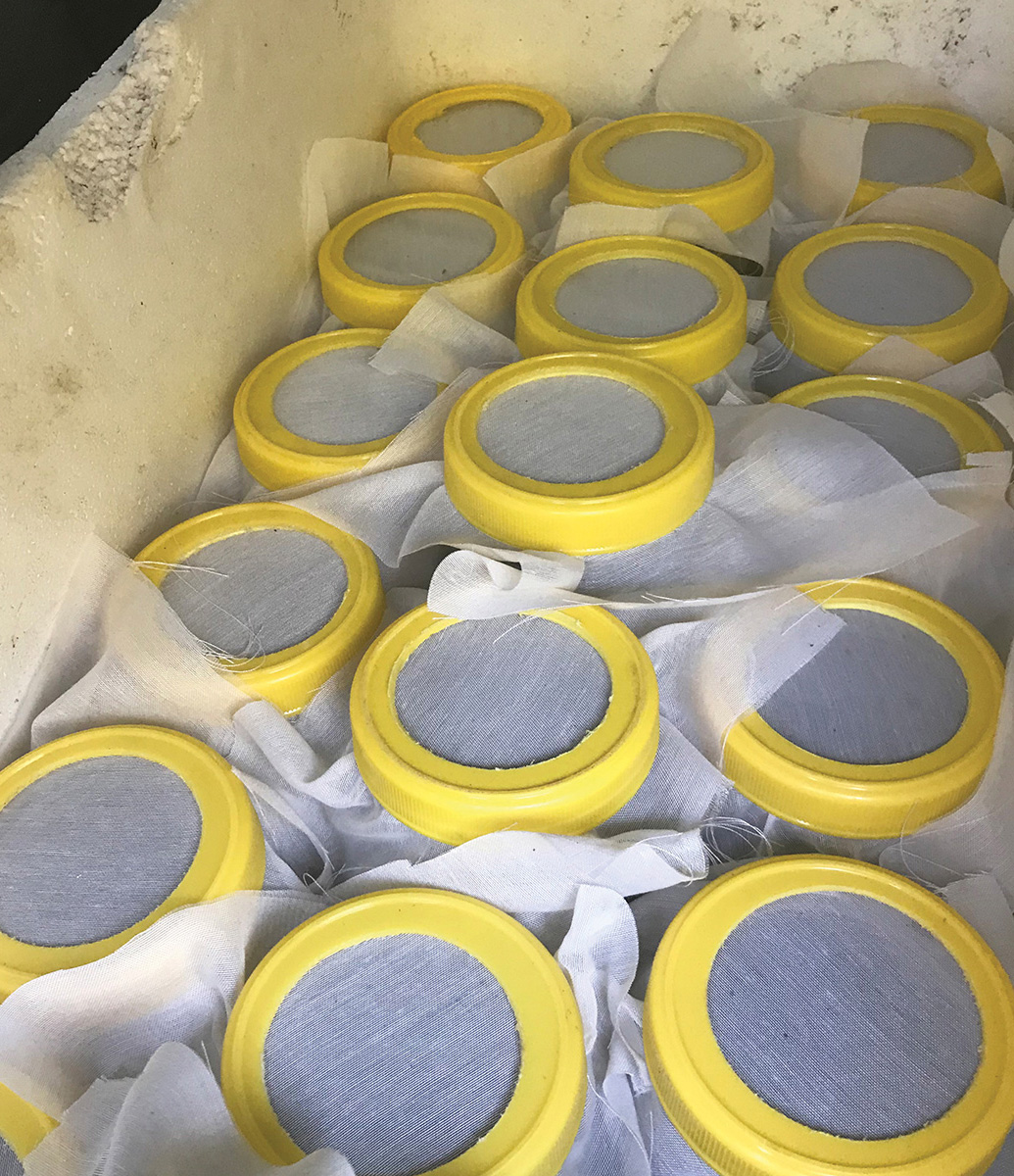
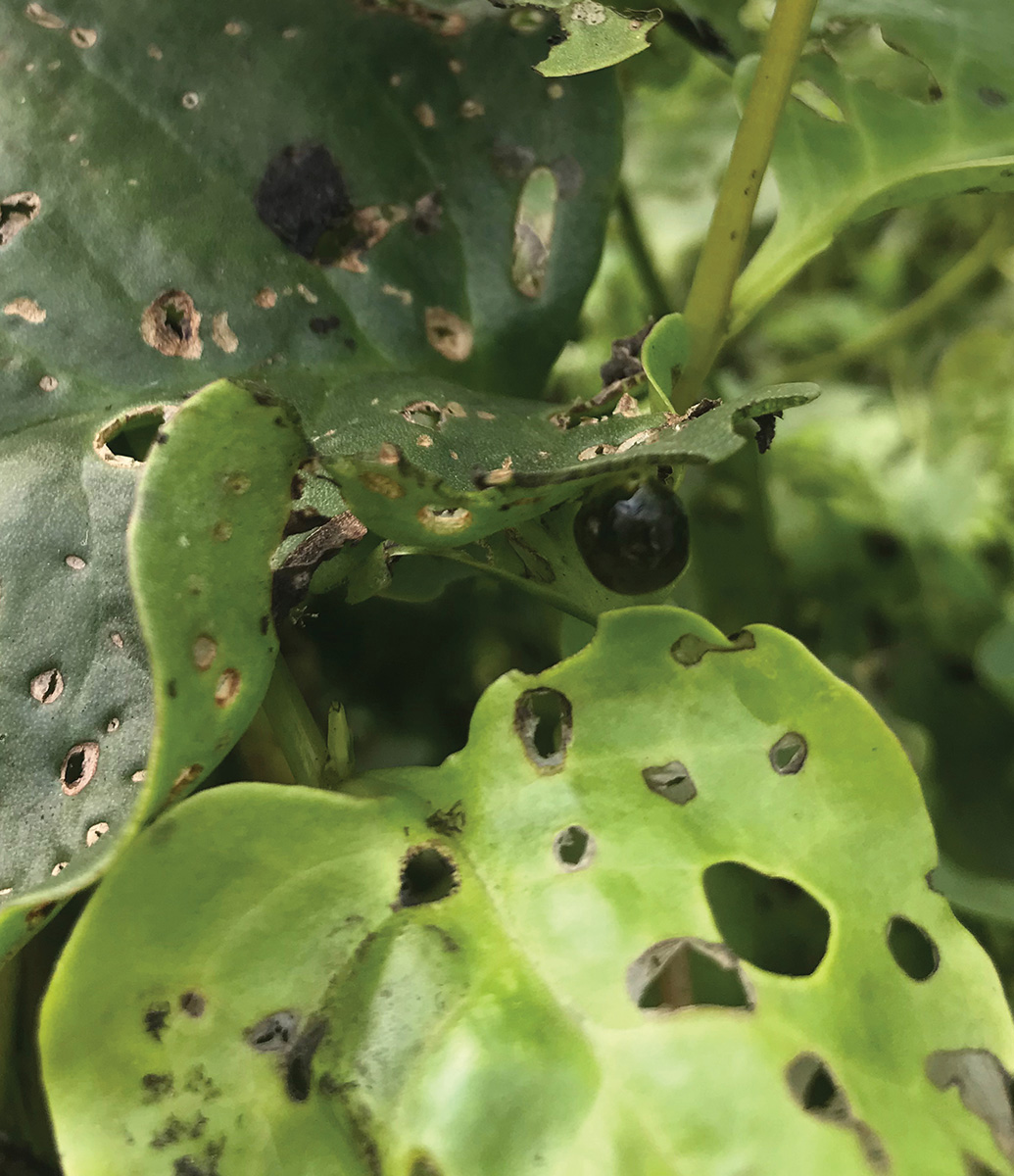
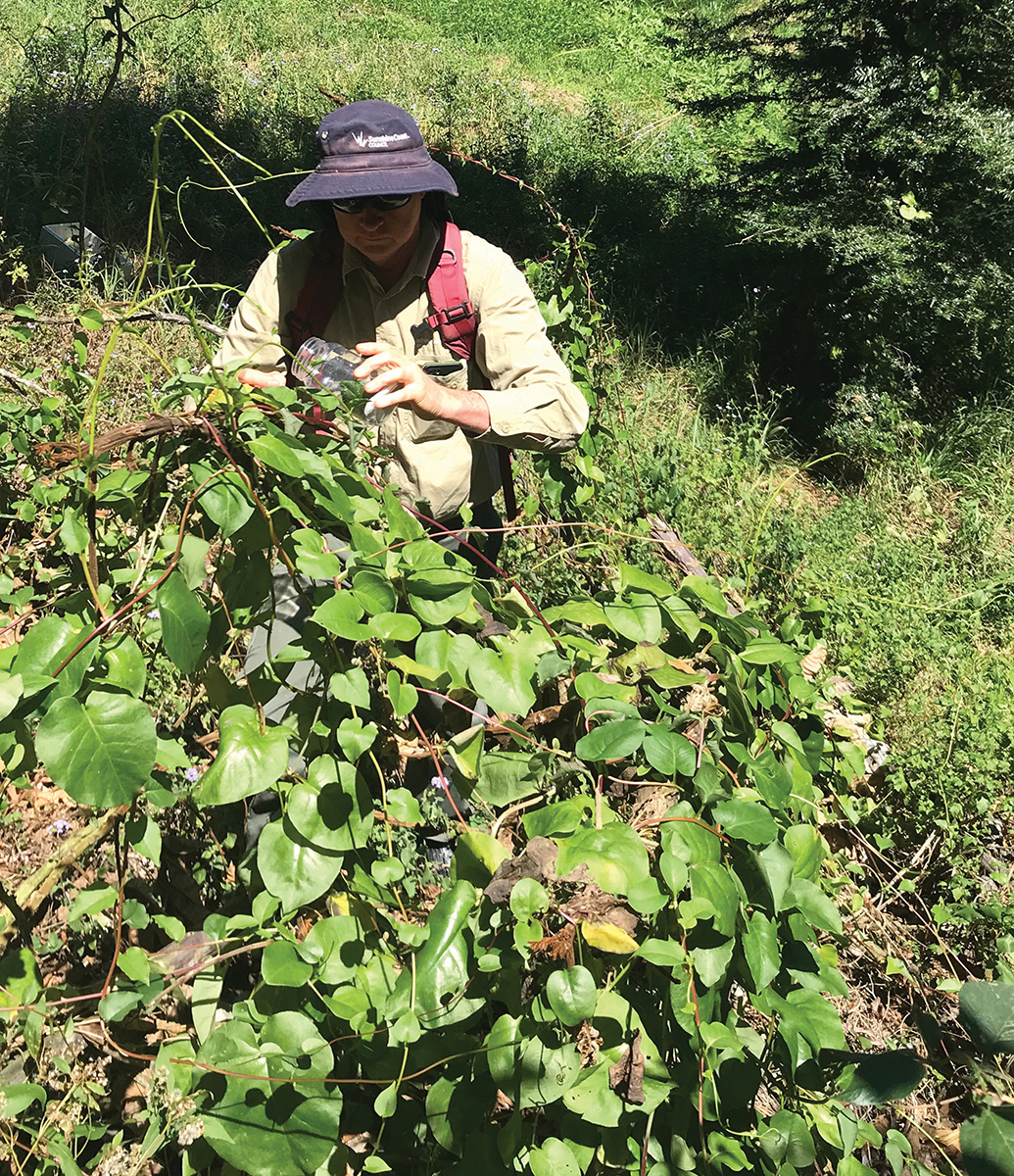
Hi,
I can’t see a date on this item about cat’s claw and Madeira vine, so am unsure if there are results later than this.
Apparently there was some idea mentioned on Gardening Australia today (June 3, 2020) – may have been a replay – where they were talking about cactoblastis for cat’s claw. Any update comments on tinged, jewel beetle or cactoblastis?
(I do Bush Care in MBRC and prior to that was a member of Pine Rivers Catchment Association, and am a current ACF member, so have followed weed eradication with much interest)
Thanks
Kerry
Hi Kerry. This article originally appeared in the Feb 2019 LfWSEQ newsletter. There are two email addresses and organisations mentioned in the article that you may with to contact for latest information. Cheers.